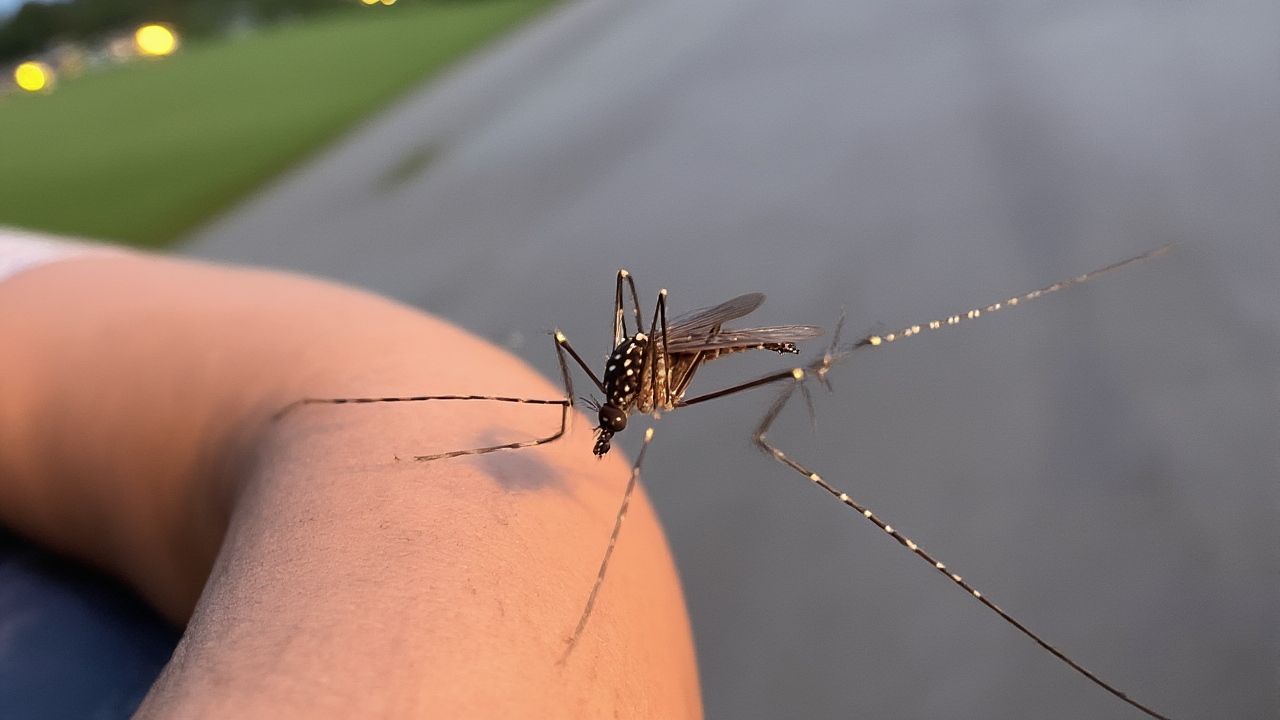Ever been bothered by those tiny, buzzing bloodsuckers? Yes, I’m talking about mosquitoes! They’re not just annoying; they can also spread diseases. But what if I told you there’s a whole army out there, working silently to keep their numbers in check?
Before they even take flight, mosquitoes start as tiny larvae in water. And guess what? Many creatures love to snack on them there! Fish like guppies, bass, bluegill, catfish, and especially the aptly named mosquito fish, are voracious predators of mosquito larvae. Even the larvae of other insects, like dragonflies and diving beetles, are like little underwater vacuum cleaners, feasting on mosquito young.
Once mosquitoes grow up and take to the air, they face a new set of predators. Dragonflies and damselflies, often called “mosquito hawks,” are like the fighter jets of the insect world, expertly snatching mosquitoes right out of the air. Spiders, too, play a vital role, trapping them in their intricate webs. There are even some predatory mosquitoes that eat other mosquitoes!
Don’t forget our slimy and scaly friends! Frogs and toads can eat mosquitoes, though they might not be a major part of their diet. Some specific North American tadpole species, like the spadefoot toad and green tree frog, are known to prey on mosquito larvae. Even certain turtles, such as the red-eared slider, have a taste for mosquito larvae. Newts and salamanders can also consume a substantial number of mosquito larvae.
And as dusk settles, another group of hunters emerges: birds and bats! Birds like swallows, nighthawks, purple martins, and various songbirds gobble up mosquitoes in flight. While bats are opportunistic feeders and eat a variety of insects, they do consume significant numbers of mosquitoes. Some species can eat hundreds or even over a thousand mosquito-sized insects in an hour!
So, the next time you’re swatting at a mosquito, remember: nature has its own powerful pest control team! By protecting these amazing creatures and their habitats, we can all contribute to a healthier, less buggy environment.

